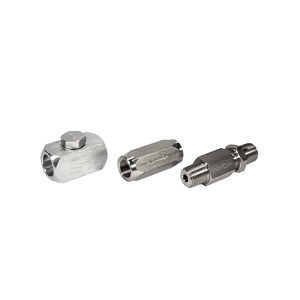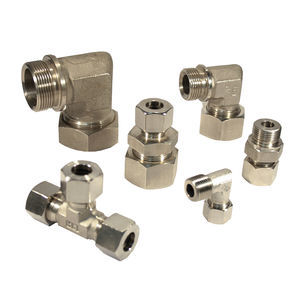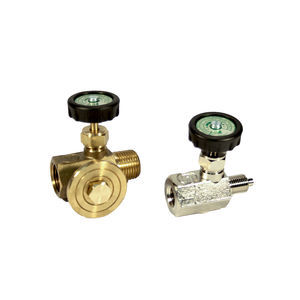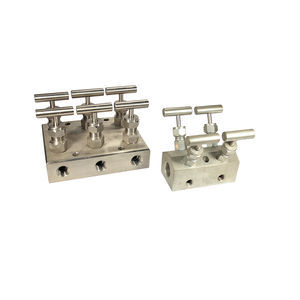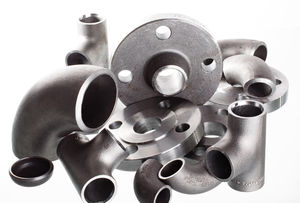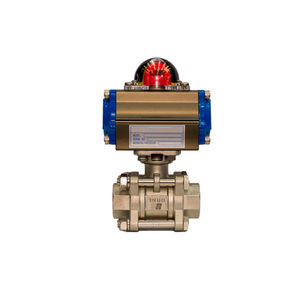
Rotating syphon SCH seriescarbon steelstainless steel

Add to favorites
Compare this product
Characteristics
- Options
- carbon steel, stainless steel, rotating
Description
There are times when it must be possible to measure the pressure of a pipe that circulates steam. The pressure gauges measure the steam pressure, but these pressure gauges must be safe from the heat and pressure surges of the circuit itself. This is where syphons (pigtail or U-shaped) come in. Syphons or pigtail syphons are looped pipes placed in the pipe before a pressure gauge to protect it from pressure surges or other problems caused by heat. Syphons help dissipate heat from a tube and protect instrumentation.
Diameters
For lines from 1/4 ”, 3/8”, 1/2 “as standard and on request up to 1” in diameter.
Connections
Male or Female Threads, NPT type (ANSI / ASME B1.20.1), BSP or Cylindrical GAS (DIN 259), BSPT and BW.
Materials
Carbon Steel A106B, Stainless Steel T304 T316 316 / 316L, Brass, Duplex, Super duplex, Hastelloy, Monel, A53F, Brass, P11, P22, Nickel Alloys, etc.
Shapes
Pigtail or U-shaped.
Customize
We can tailor them for you. Make your inquiry here.
We manufacture different types of Syphons:
They are made of seamless steel pipe , carbon steel or stainless steel and in diameters of 1/4″, 3/8″ and 1/2″ and thicknesses to ANSI B36.10 and B36.19
As standard 1/4″ 3/8 ” and 1/2 ” thread NPT or BSPP and with butt weld ends.
They are made of carbon steel A106/B and stainless steel type 316/316L.
Pigtail or U type in SCH 40 or SCH 80.
Benefits
The syphons are protective elements that are mounted between the instrumentation and the process. Avoid direct contact of aggressive fluids that could damage the instruments. The syphon acts as a thermal barrier to dissipate the heat and reduce the whiplash caused by the fluid.
Catalogs
Related Searches
*Prices are pre-tax. They exclude delivery charges and customs duties and do not include additional charges for installation or activation options. Prices are indicative only and may vary by country, with changes to the cost of raw materials and exchange rates.






